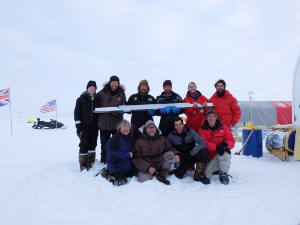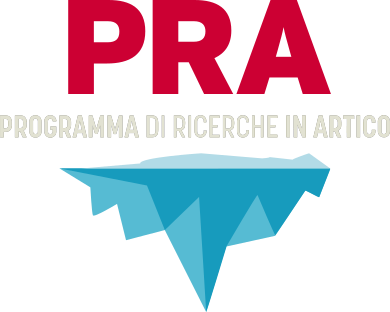A new study, published in Nature Communications, reports for the first time the iodine variability of the Arctic atmosphere for the last 127,000 years. Using two Greenland ice cores, the international team found the highest and lowest iodine levels recorded during interglacial and glacial periods, including the whole last cold period called the Last Glacial Cycle, and has developed a multidisciplinary research strategy to understand the composition of the Arctic atmosphere and what the mechanisms controlled its evolution.
The analysis of the halogens contained in the ice, together with the concentrations of other elements such as calcium or sodium, has revealed how the ocean is the great regulator of iodine in the Arctic atmosphere: the variability of this element is fundamentally controlled by the dynamics of the ice pack and by the biological productivity of the oceans. The concentration of this element can potentially influence climate and this study can help researchers to better constrain the future projections of iodine atmospheric concentrations in the Arctic.
DOI:10.1038/S41467-021-27642-5 (Niccolò Maffezzoli, Ca’ Foscari, and Andrea Spolaor, CNR-ISP) - READ MORE











